Plants that Attract Butterflies, Bees, and HummingbirdsSpring is an ideal time of year to add new pollinator-attracting plants to your landscape! The Garden Center is full of plants with flowers of all shapes, sizes, and colors, allowing for a wide array of combinations to suit various bed shapes and design styles. Tips for getting started on your pollinator garden: 1. Know Your Planting Location: Before choosing plants, be sure you know key characteristics about the area in which you are planting. Many plants for butterflies, bees, and hummingbirds love sunshine. So, siting your butterfly garden in an area that receives a minimum of 6+ hours of sunlight will likely be ideal. Also, most pollinator-friendly plants will appreciate soil that is well-drained (i.e. not soggy). Of course, there are exceptions to these guidelines for sunlight and soil moisture. If you are working in an area of the yard that has more shade or moisture, our Nursery Professionals can also assist you in choosing plants that will work for those conditions as well. 2. Choose the Right Plants: Generally, nectar-rich flowers are key. And, including an assortment of bloom shapes will encourage a variety of pollinators to visit. It is also important to consider bloom season so that flowers are present early spring through fall. Flowering annual and perennial plant selections include:
Have space to go bigger? Pollinators also love these flowering shrubs and trees:
3. Get Your Soil Ready: We highly recommend amending the soil in your planting area with Brownswood Premium Planting Mix as well as a starter fertilizer such as Espoma Organic Bio-tone® Starter Plus to give your new plants their best start. You can find our Planting Guide at the link below. It provides planting instructions and helpful information about watering and getting new plants established. 4. Plant: Planting different varieties of plants in groupings of three or more will result in more blooms of any given flower type being available at once. Do keep in mind mature heights and widths of each plant for best spacing and arrangement. For example, if arranging in tiers, situate taller plants in the back of the bed and work forward. It may be helpful to sketch a layout of your planting area with rough measurements beforehand to ensure proper spacing. Water regularly as new plantings are getting established and provide a balanced fertilizer in spring and fall. 5. Enjoy! Butterflies, bees, and hummingbirds are a delight for all ages to observe, adding a sense of wonder and excitement to the landscape. It may take a little while for pollinators to find newly planted flowers, so be patient... they will come!
12 Shrubs, Trees, and Grasses for Fall and Winter InterestThankfully, the gardening season here in Charleston is not limited to the warmer months of the year. Planting can continue throughout the fall and winter months, allowing new plantings to get settled in before the first flush of spring growth appears. Not only can we continue to plant, but there are many trees, shrubs, and grasses that offer seasonal color and blooms during our fall and winter months. As the warm-season landscape goes to sleep, the show goes on! Fall and Winter Landscape Shopping Tip: Visit the Garden Center during the fall and winter seasons to get a good idea of how landscape plants you've been considering look during cooler weather. You'll discover that the form of some trees and shrubs can be just as interesting in the landscape without leaves as they are leafed out in spring and summer. For those shrubs that bloom in the fall and winter, you'll also be able to see flower colors and forms in person. And, last but not least, you'll have the opportunity to choose some new favorite evergreens! Camellia - Queens of the Fall and Winter garden! Both of our most popular Camellia shrub species have lustrous green foliage all year long, but there are key differences such as:
Holiday Decorating Tip: Evergreen trees such as Green Giant Arborvitae and Carolina Sapphire Cypress can also be used as living Christmas trees. Choose a size that makes sense for your indoor or outdoor living space, add your favorite decorations and lights, and enjoy the tree during the Christmas season. Your tree can then be planted in its forever home after the holidays. The fragrant foliage of these trees can also be used in wreaths, swags, and other winter arrangements!
FOR PLANTING SUCCESS:We highly recommend amending the soil in your planting area with Brownswood Premium Planting Mix as well as a starter fertilizer such as Espoma Organic Bio-tone® Starter Plus to give your new plants their best start. You can find our Planting Guide at the link below. It provides planting instructions and helpful information about watering and getting new plants established. We look forward to seeing you at the Garden Center!
Fall is one of our favorite seasons here in the Charleston. The cooler weather after summer's intense heat and humidity is so refreshing! It's so invigorating, in fact, you may even notice plants in your garden starting to perk up with an offering of fresh blooms and new growth. For this reason, fall in South Carolina is a lot like a second spring. Better yet, the temperatures will only decrease going into winter. This means planting right now will give your new plants lots of time to get established, go to sleep for winter, and wake up gently in spring before having to face their first summer heatwave! Benefits of planting trees, shrubs, and hardy perennials in Fall:
A selection of trees currently available for Fall planting:Visit us soon to explore our full selection of trees, shrubs, perennials, grasses, and annuals!
For Fall Planting Success:We highly recommend amending the soil in your planting area with Brownswood Premium Planting mix as well as a starter fertilizer such as Espoma Organic Bio-tone® Starter Plus to give your new plants their best start. You can find our Planting Guide at the link below. It provides planting instructions and helpful information about watering and getting new plants established. We look forward to seeing you at the Garden Center! Ready to Transform Your Yard?
|
Categories
All
Archives
June 2024
|

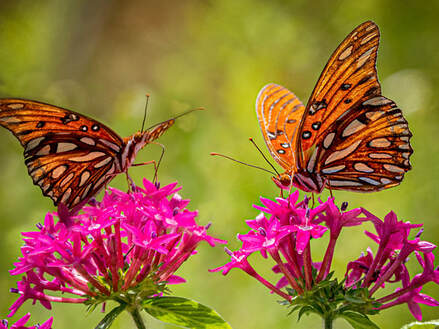

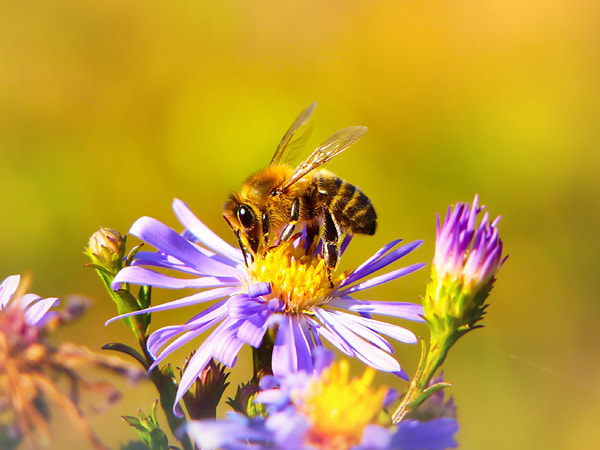
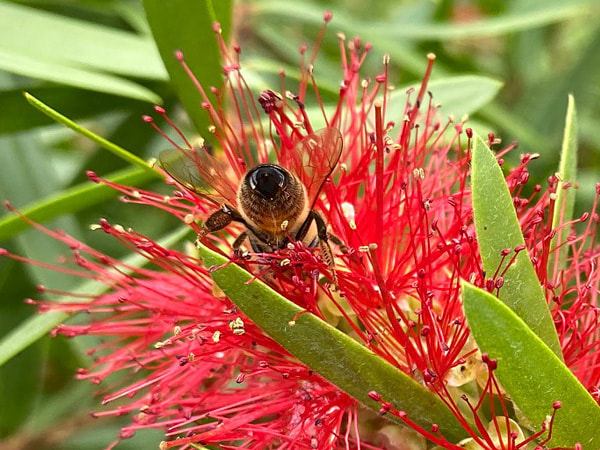
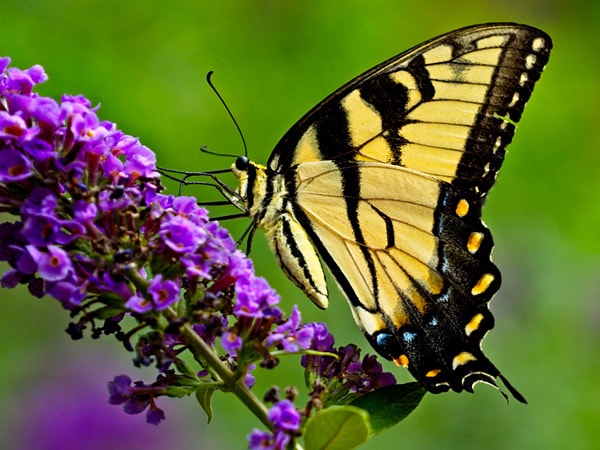
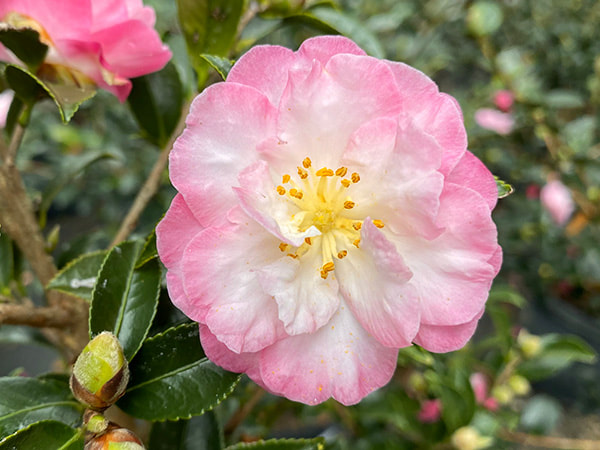
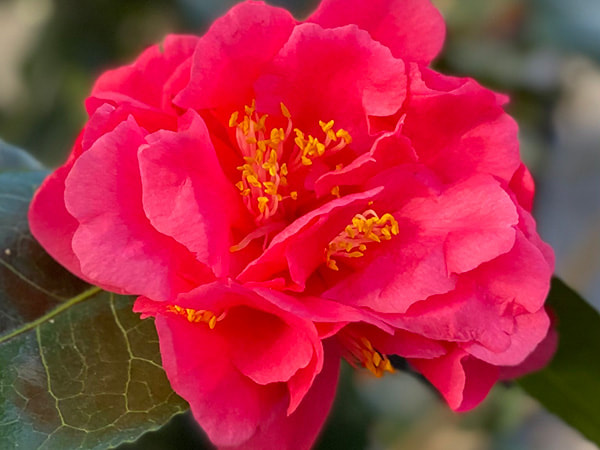
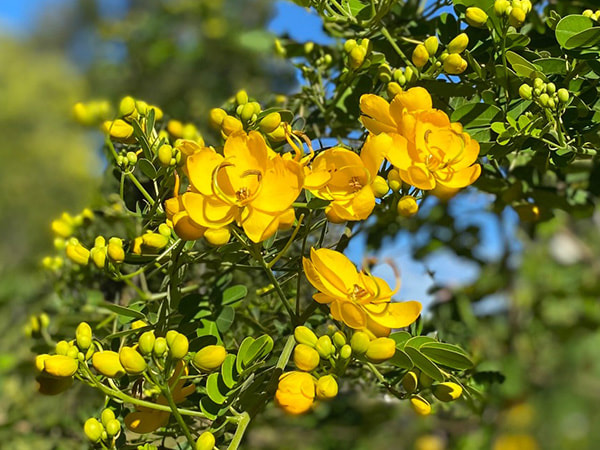
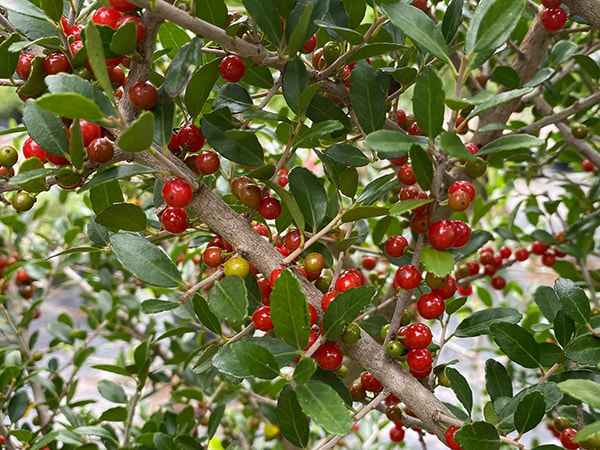
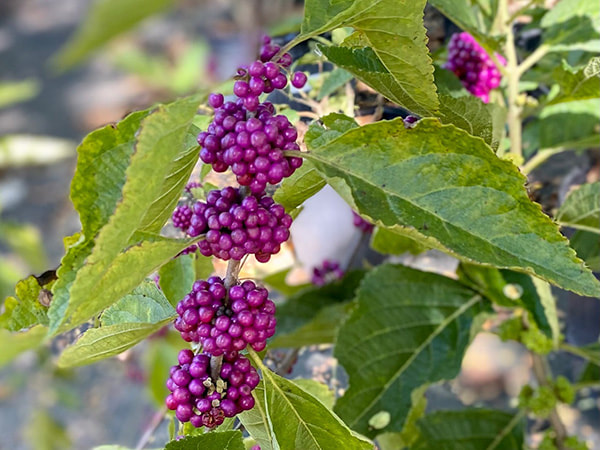
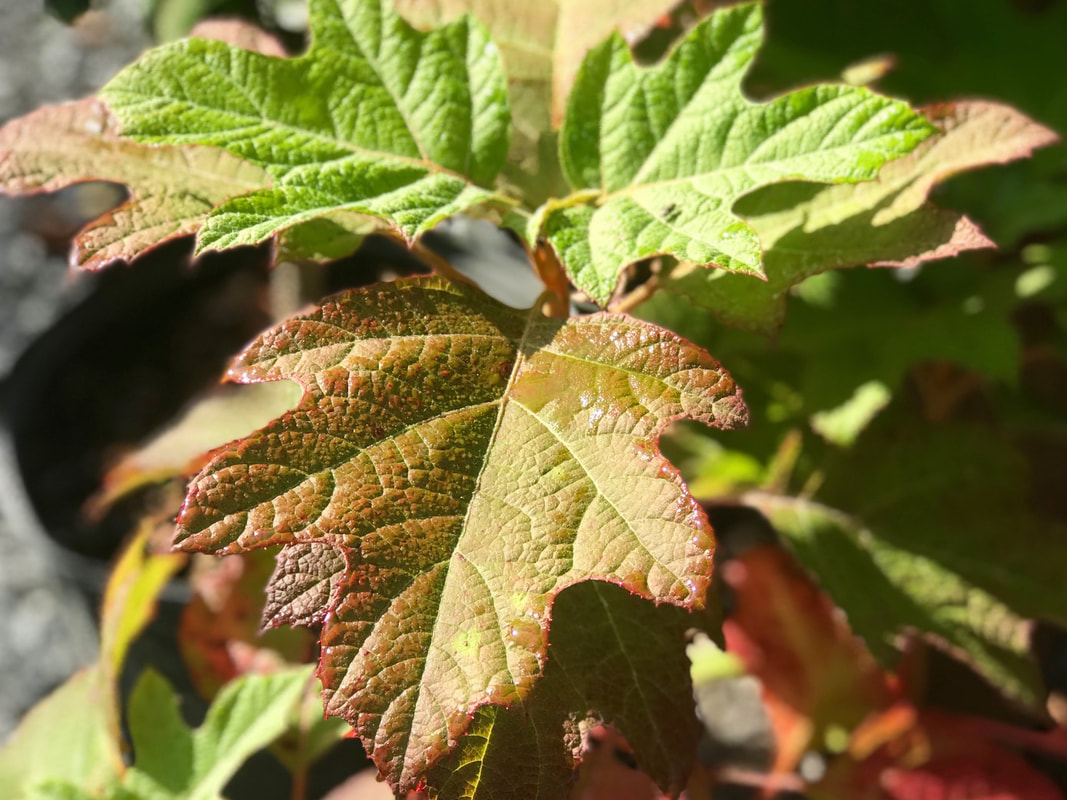
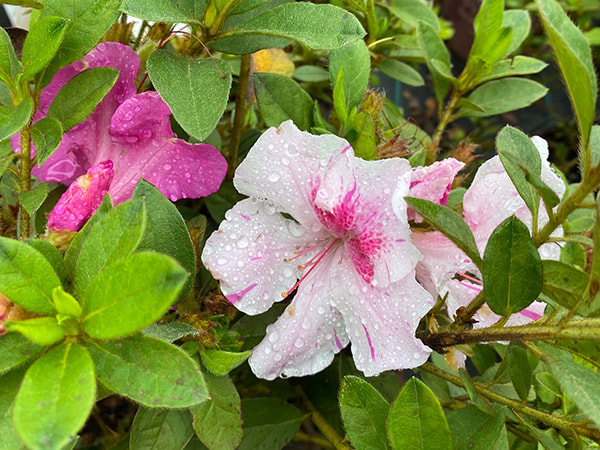
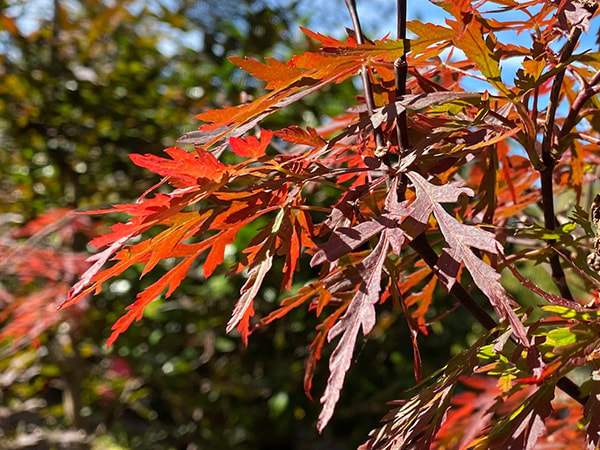
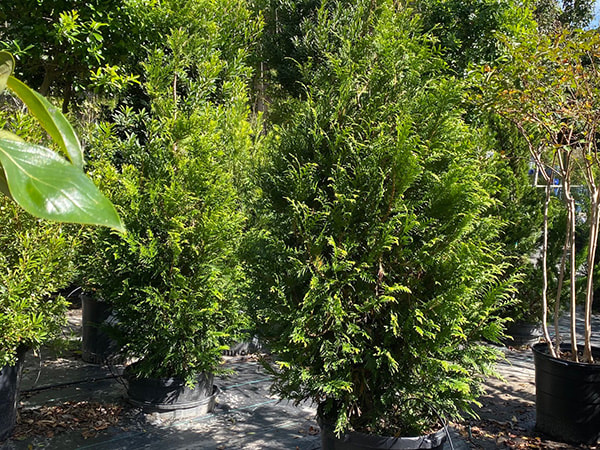
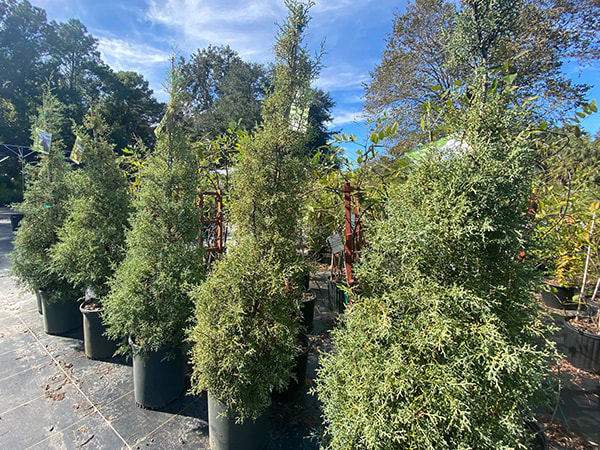
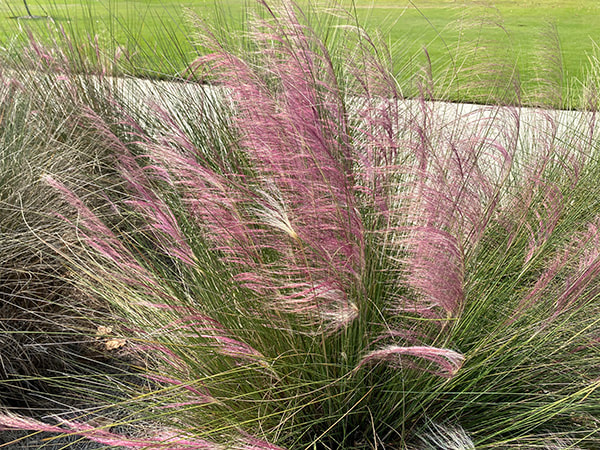
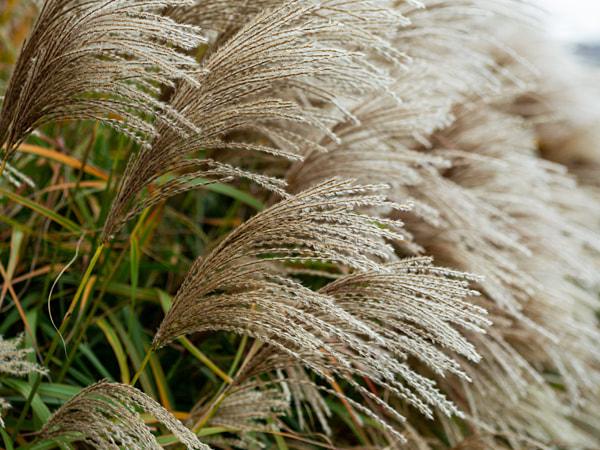
 RSS Feed
RSS Feed



